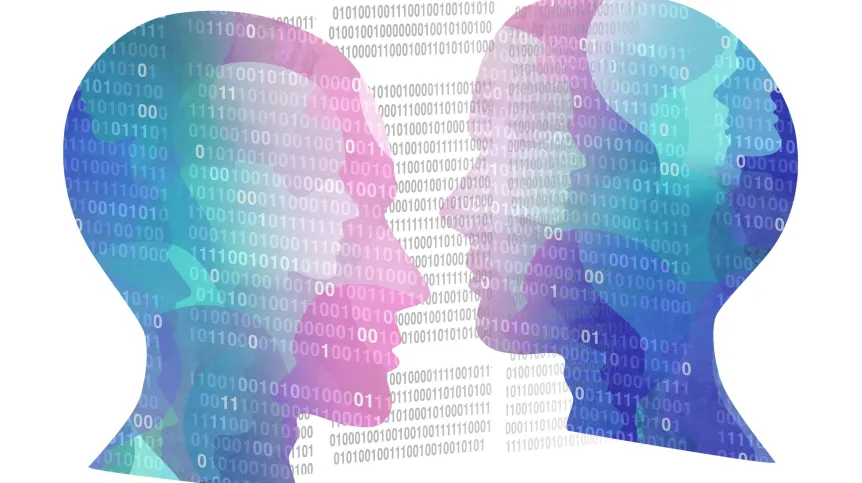
Scientists in Poland have developed a prototype program to check whether we were talking to a real person and not a deepfake via a webcam. The solution is designed to combat fraud and protect the image on the web.
We are hearing about more and more cases of fraud using deepfakes - an advanced technique of manipulating video and audio materials using artificial intelligence (AI). Deepfake technology allows to create realistic and difficult to distinguish from the original, fake multimedia materials - video or audio recordings. Deepfakes can be used in the entertainment or education industry, but they are also often used for disinformation, manipulation and fraud.
Earlier this year in Poland, fake videos featuring InPost CEO Rafał Brzoska, President Andrzej Duda and footballer Robert Lewandowski promoted fraudulent 'investment programs' aimed at extorting money.
In January, a bank employee in Hong Kong paid out $25 million to fraudsters who used deepfakes to impersonate a company's financial director during a video conference.
'Deepfakes are becoming more advanced, and their detection is increasingly difficult, which poses new challenges for us in the field of digital security', say IDEAS NCBR, a research and development centre in the field of artificial intelligence.
Scientists from the institution have created an experimental project called ProvenView. The creators of the solution are postdoc Shahriar Ebrahimi and doctoral candidate Parisa Hassanizadeh. They are working in the 'System Security and Data Privacy' group led by Professor Stefan Dziembowski.
The solution uses Zero-Knowledge Proof (ZKP) - a cryptographic technique that proves the truth of certain information without revealing details about it.
'A decade ago, ZKP technology was considered a purely theoretical field, closer to pure mathematics than to computer science applications (...) The ProvenView solution is another spectacular example of how ZKP can be used to combat threats of the modern digital world', says Professor Dziembowski.
According to the scientists, ProvenView can be used in online interactions and content protection. For example, after the end of an online meeting, the user will be able to check whether the video of their interlocutor really came from their webcam.
'This solution can be useful both for individual users, who could use it to authorize online meetings, and for content creators, who could use it to strengthen the protection of their image published in a YouTube video against theft and use, for example, in pornography', says Ebrahimi.
The researchers provide a simplified example of how ProvenView works. In the first step, the author of the original video creates a proof of its authenticity - a digital record confirming that the multimedia material is theirs. The software enabling such a record can be built into the video recording application or function as a separate program. Then, when someone wants to check the authenticity of the video, they can see this digital proof.
'And this is where Zero-Knowledge Proofs helps us. Thanks to advanced mathematics, this proof can be checked without having to watch the video itself. Anyone can generate such proofs of authenticity on their own device', says Ebrahimi. He adds that in the future, this solution could become an add-on to a web browser or video editing program.
ProvenView is an experimental solution that is not yet ready for implementation.
At the moment, proof of authenticity can only be generated after the video is created, and obtained - to check the origin of the multimedia material - only about an hour after the conversation. Scientists from IDEAS NCBR hope that in the future it will be possible to prove the authenticity of a video in real time.
In May 2024, ProvenView was awarded during the ZK Hack Kraków hackathon.
IDEAS NCBR was established in 2021 by the Polish National Centre for Research and Development. Its mission is to support the development of technology in Poland by creating a platform connecting the academic and business communities. The centre also educates a new generation of scientists focused on the practical application of the developed algorithms and their subsequent commercialisation. (PAP)
abu/ bar/ kap/
tr. RL













